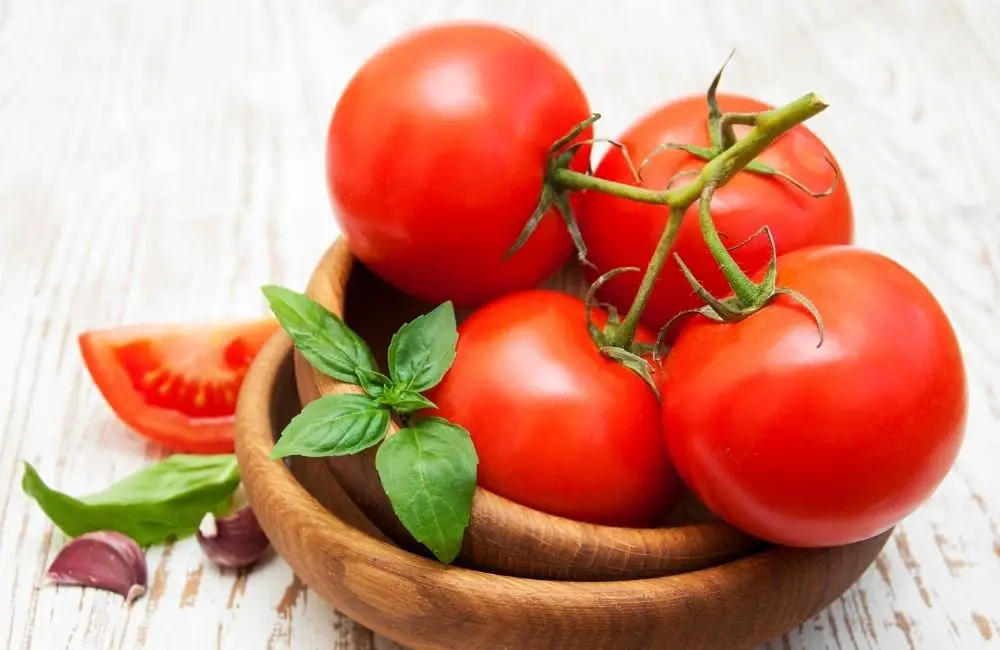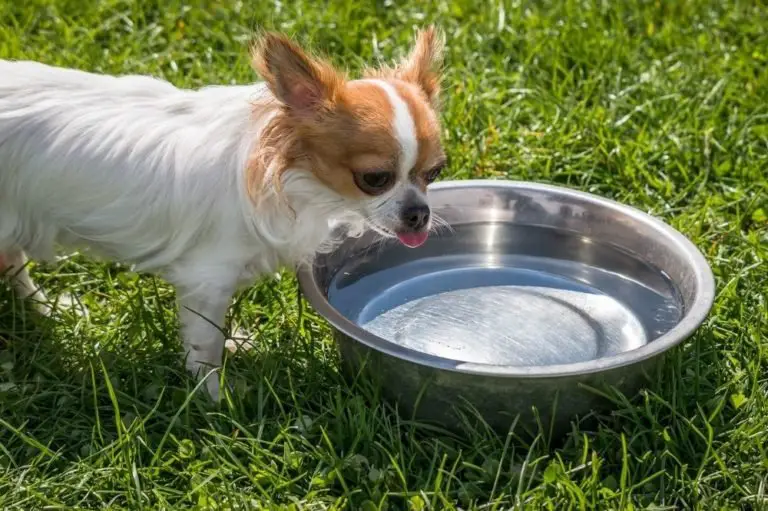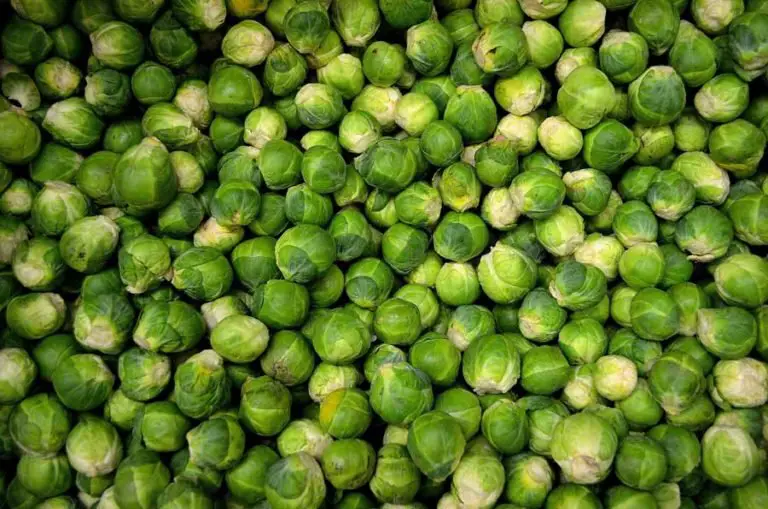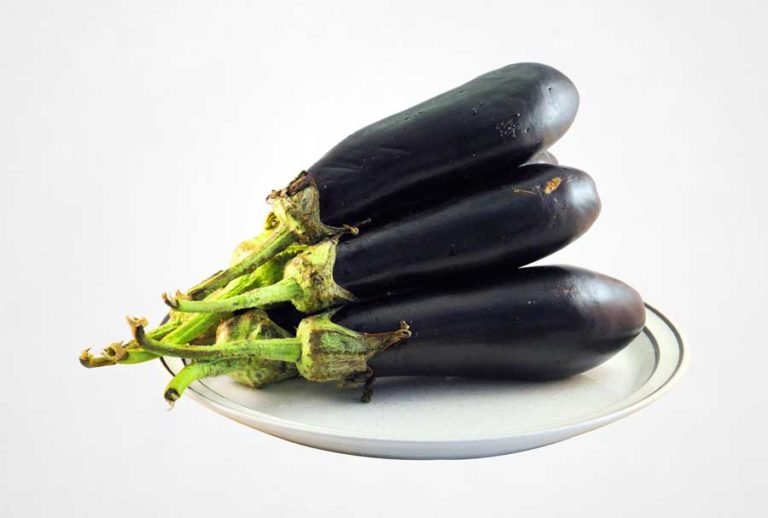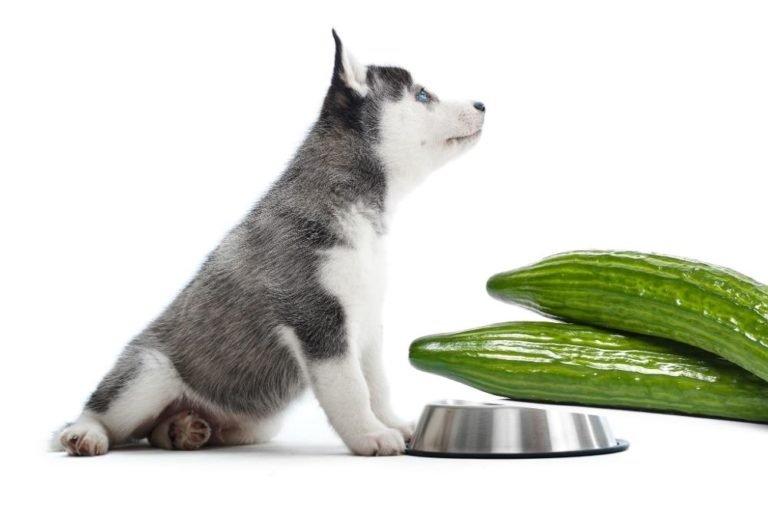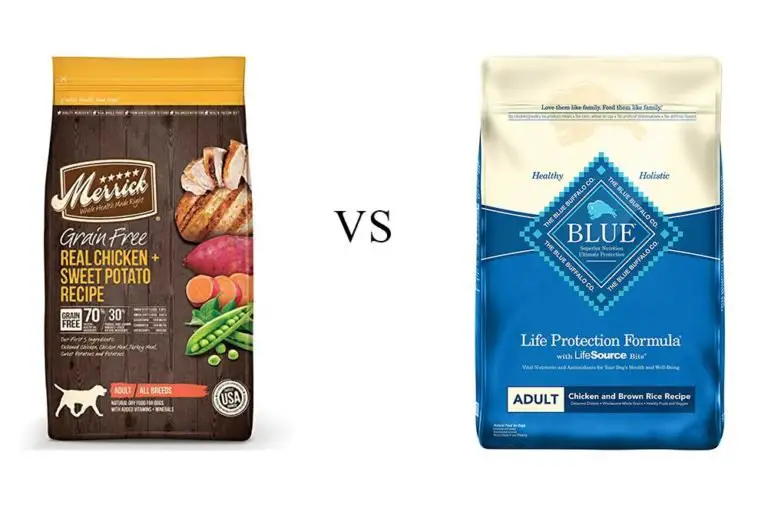Can Dogs Eat Tomatoes? [What You Should Know!]
Dogs by nature are carnivores i.e. they feed exclusively on meat or flesh. Nonetheless, by virtue of having interacted with humans for a longer duration of time now, they also eat herbs and some of the foods that non-carnivores animals do take. One of these is the tomato.
But is it alright for the dogs to eat the tomatoes? Could there be some hidden dangers of eating tomatoes? Well, these are questions we can only answer by dedicating an entire article to them. In our subsequent discussions, we are going to look into these, and indeed, many more.
Can My Dog Eat Tomatoes?
Ripe tomatoes are considered nontoxic to dogs and can be fed in moderation as an occasional snack. Unripe tomatoes and tomato plants, on the other hand, should be avoided.
Tomatoes are unlike your ordinary vegetables. Though full of vitamins and antioxidants, they also comprise certain chemicals that may imperil the lives and normal health of the dogs. We take you through each discussion or argument for you to get a clearer picture of these and their impacts.
How Are Tomatoes Good For Dogs?
Lower Calories
Tomatoes are lower in calories. They are hence less likely to inflict obesity, hypertension, diabetes, and other lifestyle diseases. On the same note, they are also easier to digest. They are also unlikely to constipate your dog or make them lose their vitality. It hence goes that their consumption is great for the health of the dogs.
Higher Fiber Contents
By virtue of being derived wholly from nature, tomatoes tend to have a higher fiber content. The high fiber content has some potential benefits to confer to the dogs. These range from expedited digestion to reduced craving for food every now and then to longer ‘feel full effects.’
Plenty of Vitamins
Being a vegetable, tomato is also full of vitamins. The two most common of these are vitamins A and C. They have the ability to confer plenty of benefits to the body when ingested consistently. Vitamin A is good for the eyesight of the dog while Vitamin C boosts the immune system to name but a few!
Sufficiently High Lycopene Levels
This spice called tomato does contain sufficiently high Lycopene levels. The wonderful ingredient is well known to reduce the risks of heart diseases and at the same time promote the growth of strong bones. Your dog needs these two to be able to stay and remain healthy.
Rich in Folate and Potassium
Rounding up the benefits of tomatoes for dogs is the high Potassium and Folate levels. These two minerals regulate the pressure of blood while at the same time promote the health of the muscles. They are good to administer if there be any hope that the dogs stay healthier and safer.
When Are Tomatoes Bad For Dogs?
We have already stated that tomatoes have their own limitations. You just cannot administer them to your dogs any day at any time. Which begs the question: when are tomatoes bad for dogs? In the proceeding segment of our discussion, we examine these circumstances for your deeper insight:
Contain Solanine
At the top of their demerits is the fact that tomatoes contain solanine. This is a toxin that has the potential to inflict some harm to the dogs when taken in larger quantities. It is largely prevalent in tomatoes that are not yet fully ripe. The ingredient has the ability to inflict gut disorders.
Have Tomatine
They also contain tomatine. This is also a toxin though it is derived from the leaves rather than the fruits of the tomatoes. It is similarly toxic in the sense that it can poison the dogs when it is administered in larger quantities. Some dogs in fact are averse to the mere exposure or direct contact with the leaves of tomatoes.
How Should You Give Tomatoes To Your Dog?

If and when you have to administer tomatoes to your dogs, you have to follow the stipulated procedures and instructions. We lay bare the steps to take in order to attain the necessary end in the following segment of the discussions:
Step I: Seek veterinary advice and approval
Seek the advice and the consent of your veterinarian. Many dogs are naturally allergic to tomatoes, regardless of the quantities, they are exposed to. Proceed to the next stage if and only if you are cocksure that your dog is unlikely to suffer any adverse side effects.
Step II: Pick the right tomato
At this stage, you are supposed to pick the right tomato. The best tomato for this role is one that is ripe, red, and has all the stems, vines, and leaves removed. It is unlikely to inflict on your dog the dangers of poisoning we have already highlighted and explained above.
Step III: Check out the ingredients
In case yours is not a natural tomato, you have to check out the ingredients that make up the paste as a positive way forward. Particularly, be on the lookout for those ingredients that are likely to inflict permanent harm to your dogs like theobromine.
Step IV: Serve your dogs the tomatoes
Go ahead now to serve your dog the tomato. While at it, avoid any adverse ingredients that may further imperil the health of your dog like salt. Though not late, you might also want to stay away from tomatoes that were grown using too much herbicide and pesticide.
Common signs of tomato poisoning
Tomatoes, as we have already explained, have the potential to inflict harm on your dogs. Having known whether or not the dogs may be served the tomatoes, we now take our time to examine the common signs of tomato poisoning:
Lethargy
Dogs that have endured tomato poisoning tend to be lethargic. They are slower and less agile than their normal counterparts are. Thus, if you notice the loss of vitality in your dog, straight away ask your vet to test for food poisoning from tomatoes. This is especially so if the lethargy arises unexpectedly.
Difficult Breathing
If and when the poisoning persists for longer, the dog will naturally develop some difficulty in breathing. The poison does spread to the nasal cavity and the lungs to cause this. Generally, this problem is compounded by an above-average intake of unripe tomatoes.
Diarrhea or Constipation
One more side effect of taking the unripe tomatoes in plenty is the risk of sustaining diarrhea or constipation. The unripe tomatoes are not easy to digest like their ripe red counterparts. These twin issues are not what you would naturally want your dog to endure at all.
Widely-dilated Pupils
The chemicals that are present in the tomatoes undoubtedly get absorbed into the bloodstream. They ultimately find their ways to the eyes wherein they inflict a host of complications. The most common of these is the extra widely dilated pupil. This damage may be permanent if not mitigated timely.
Central Nervous System Disorders
Apart from the eyes, the harsh chemicals also travel and make their way to the central nervous system of the dog’s body. These chemicals are not what you would naturally want to have in these areas. They do inflict a range of disorders like seizures, tremors, muscular weakness, and ataxia.
Conclusion
As you may note from the foregoing discussions, the dangers that tomatoes pose to your dogs are quite harmful. You do not want to expose your dog to them. Thus, stay away from administering the unripe tomatoes to your dogs to be on the safe side.

